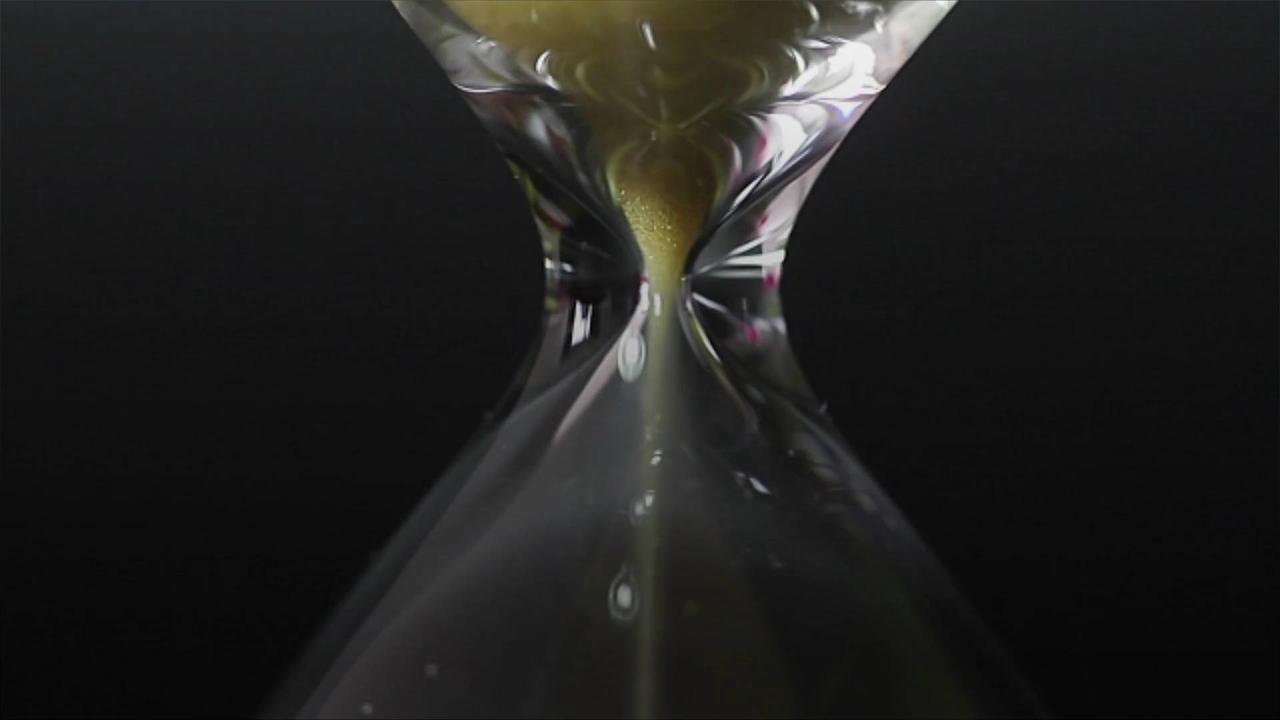
Doomsday Clock , Moves Closer to Midnight , Than Ever Before.
On January 24, the science and security board of the Bulletin of the Atomic Scientists moved the Doomsday Clock to 90 seconds before midnight.
On January 24, the science and security board of the Bulletin of the Atomic Scientists moved the Doomsday Clock to 90 seconds before midnight.
NPR reports that the metaphorical measure of challenges facing humanity has now moved closer to widespread calamity than ever before.
NPR reports that the metaphorical measure of challenges facing humanity has now moved closer to widespread calamity than ever before.
According to the scientific body, the decision was made "largely though not exclusively" to Russia's war in Ukraine.
Each January, the group evaluates the state of the world and updates the clock accordingly.
In 2020, the clock was set to 100 seconds to midnight and was the first time the clock was counted in seconds rather than minutes.
At the time, the scientific group, warned that humanity was, "at doom's doorstep.".
In 2021 and 2022, the clock remained at, 100 seconds to midnight.
However, Russia's invasion of Ukraine and the global ramifications of its aggression have inched humanity ten metaphorical seconds closer to annhilation.
The Doomsday Clock is sounding an alarm for the whole of humanity.
We are on the brink of a precipice.
But our leaders are not acting at sufficient speed or scale to secure a peaceful and livable planet, Science and security board of the Bulletin of the Atomic Scientists, via NPR.
The Doomsday Clock is sounding an alarm for the whole of humanity.
We are on the brink of a precipice.
But our leaders are not acting at sufficient speed or scale to secure a peaceful and livable planet, Science and security board of the Bulletin of the Atomic Scientists, via NPR.
The Chicago-based group of scientists was founded in 1945 by Albert Einstein and other scientists who contributed to the Manhattan Project.
The Chicago-based group of scientists was founded in 1945 by Albert Einstein and other scientists who contributed to the Manhattan Project


![ALEX JONES [3 of 4] Tuesday 1/24/23 • DR PETER MCCULLOUGH - ONLINE HEALTH NOW, News & Analysis](https://video.newsserve.net/300/v/20230124/1674599739-ALEX-JONES-of-Tuesday-24.jpg)
![ALEX JONES [2 of 4] Tuesday 1/24/23 • DR MICHAEL YEADON - THE COVID CRIMINALS, News & Analysis](https://video.newsserve.net/300/v/20230124/1674597647-ALEX-JONES-of-Tuesday-24.jpg)
![ALEX JONES [1 of 4] Tuesday 1/24/23 • News, Reports & Analysis • Infowars](https://video.newsserve.net/300/v/20230124/1674592539-ALEX-JONES-of-Tuesday-24.jpg)